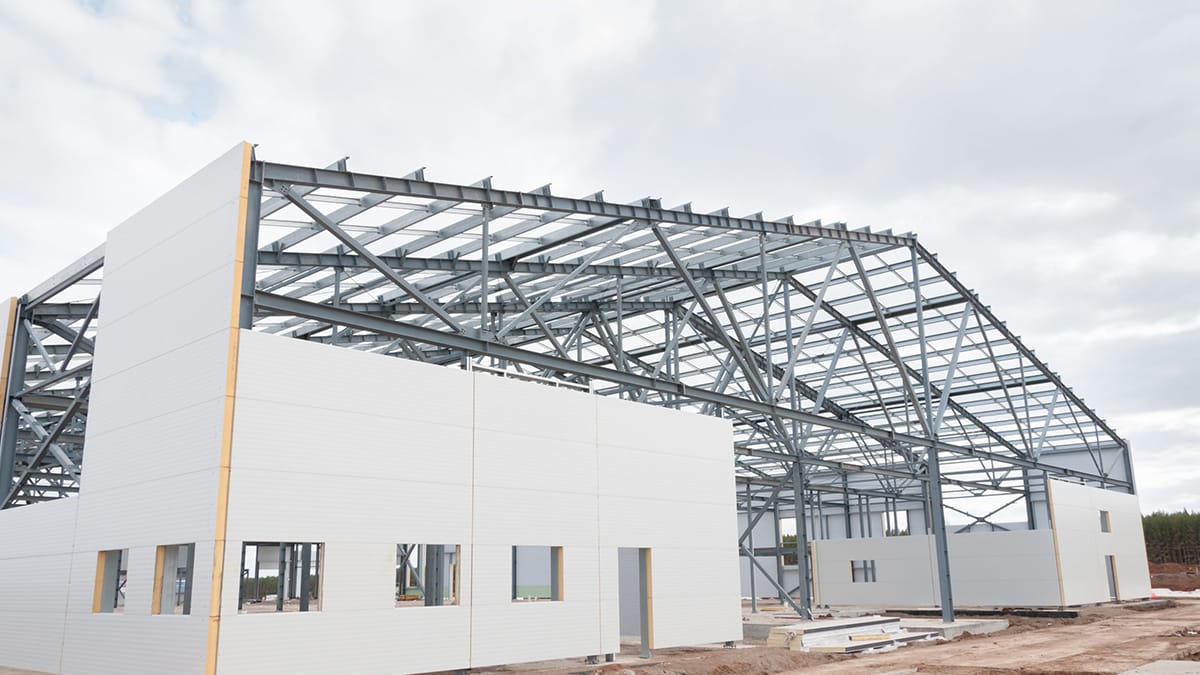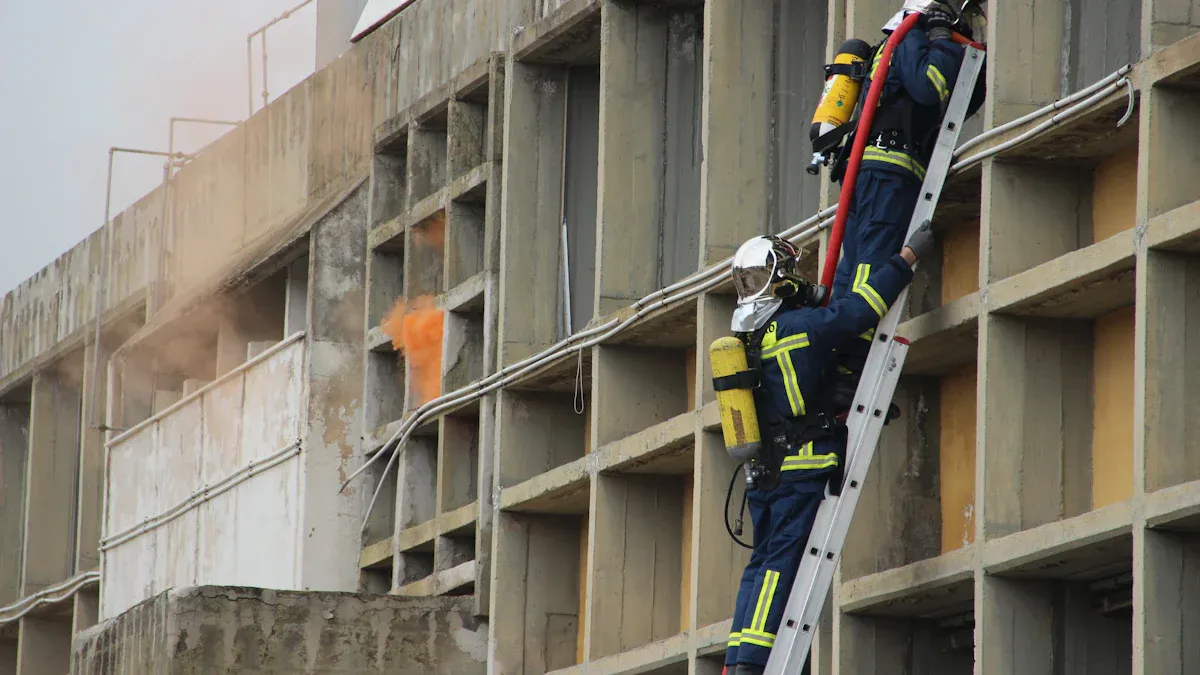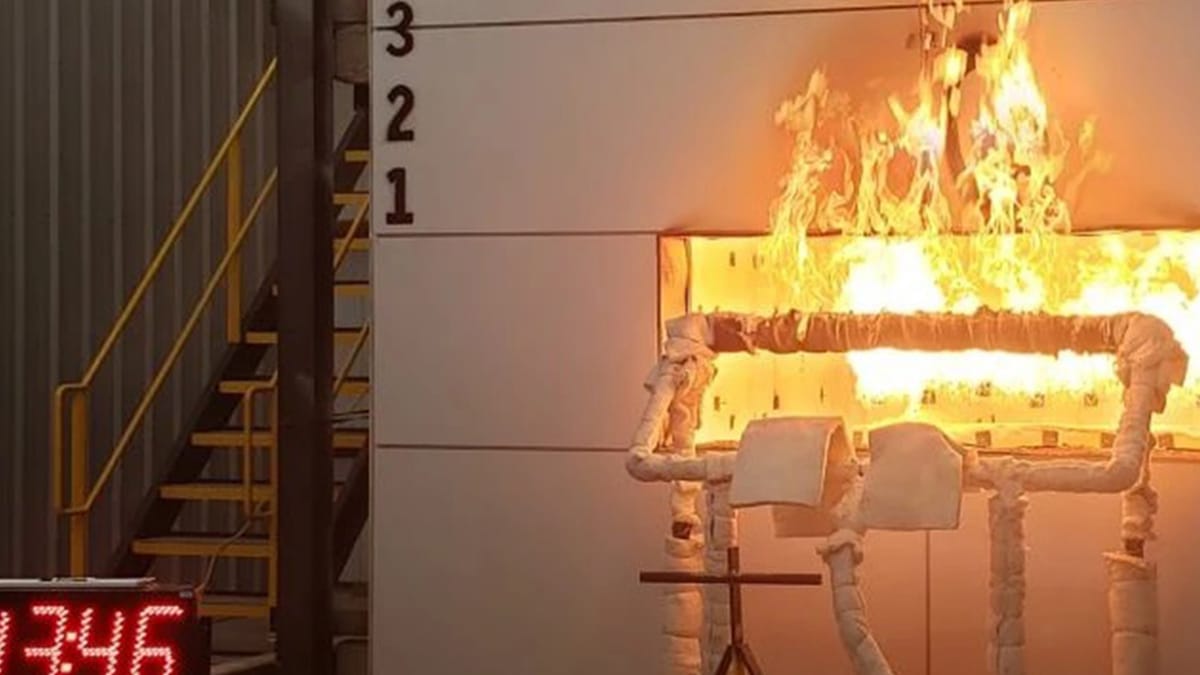
24 Sep How Fire Protective Boards Help Build Safer Structures
Table of Contents
When you choose fire protective boards for your building, you help keep people and property safer. These boards slow down fire, so you get more time to escape. Firefighters can work in a stronger, safer space.
They use materials that resist heat and keep the building’s structure safe for up to 120 minutes. You can use these boards in new buildings or add them to older ones to increase safety.
Key Takeaways
Fire protective boards slow fire and heat. This gives people more time to get out safely.
There are different kinds of boards, like gypsum and calcium silicate. These boards give different levels of fire resistance and moisture protection.
Putting fire protective boards in important places, like walls and ceilings, helps stop fire from spreading fast.
It is important to check fire protective boards often. This makes sure they work well and follow safety rules.
Using fire protective boards can save money over time. They lower repair costs and make buildings safer.
Fire Protective Boards
Definition
Fire protective boards help keep buildings safer during a fire. These boards work like shields that slow down heat and flames. Their main job is to stop fire from spreading fast. When you put them in, you help protect the building’s structure. This gives people more time to get out safely and helps firefighters do their work.
Materials
There are different kinds of fire protective boards. Each type has its own special features:
Gypsum: This board costs less and is simple to put in. It can stop fire for up to two hours. But it might get weak if it gets too hot for a long time.
Cement: Cement boards are strong and do not get damaged by water. They do not block fire as well as some other boards. But they stay strong during a fire.
Calcium Silicate: These boards are light and stop fire very well. They can keep their shape and strength for up to four hours. They also resist water.
Here is a quick comparison:
Material | Fire Resistance | Structural Integrity in Fire | Moisture Resistance | Density |
|---|---|---|---|---|
Gypsum Board | May weaken and crumble | Low to moderate | Lighter | |
Calcium Silicate Board | Up to 4 hours | Maintains shape and strength | High | Heavier and stronger |
Most fire protective boards use safe, non-hazardous, and inorganic materials. These materials can handle heat up to 1400°C. Some boards hold water, which turns into steam in a fire and helps cool things down.
Installation Areas
You can put fire protective boards in many places in a building. Common spots are:
Walls and ceilings in hallways and stairs
Around steel beams and columns to protect the frame
In service shafts and ducts to stop fire from moving between floors
Inside fire doors and partitions to make safe areas
Tip: Adding fire protective boards in these places helps keep fire in one area and gives everyone more time to get out safely.
Safety Mechanisms
Heat Transfer Delay
Fire protective boards help slow down heat moving through walls. They do not let heat pass through quickly. This is because they have low thermal conductivity. That means heat moves slowly through them. The safe side of the wall stays cooler during a fire.
Here is a table that shows how well different materials block heat:
Material Type | Thermal Conductivity (W/mK) |
|---|---|
Gypsum Board | 0.25 |
OSB Board | 0.13 |
Literature Range for OSB | 0.19 – 0.24 |
A lower number means the material stops heat better. Both OSB boards and gypsum boards help keep the other side cool longer. Some fire protective boards use air gaps or extra layers to slow heat even more. Tests show that adding an air gap can make heat move slower. This gives you more time before burns can happen. You and others have more time to get out safely.
Note: Fire protective boards with air gaps or special layers can hold energy and let it out slowly, which helps keep people and things safe.
Structural Integrity
A building’s strength is very important during a fire. Fire protective boards help keep walls, beams, and columns strong. They stop heat and radiation from getting through fast. The non-fire side stays cooler. Steel or wood inside does not get weak right away. The building stands longer, so people can leave and firefighters can work safely.
When you put in fire protective boards, you protect the building’s frame. This can help people escape safely and stop the building from falling down.
Fire Spread Control
Fire protective boards do more than just block heat. They also slow down fire moving from room to room. These boards use different ways to keep fire in one place:
Mechanism | Description |
|---|---|
Slowing down wood temperature | Makes wood heat up slower in a fire. |
Producing gaseous coatings | Makes a shield that protects what is under it. |
Generating non-flammable coatings | Makes a layer that stops things from catching fire. |
Reflecting thermal radiation | Sends heat away, so fire does not start somewhere else. |
Providing a physical barrier | Stops oxygen from reaching wood, so burning slows down. |
Fire protective boards make barriers that stop fire from spreading fast. This gives you more time to leave and helps firefighters control the fire. Other rooms and floors are safer, which can save lives and property.
Tip: Putting fire protective boards in places like stairwells and hallways helps stop fire from spreading and gives everyone more time to get out.
Benefits
 Fire Resistance
Fire Resistance
Fire protective boards give strong protection from fire. They have ratings that show how long they last in fire. These ratings use minutes or hours. Some boards last 90 minutes or more before failing. Tests like NFPA 252 and UL 10 set these ratings. The boards stay strong and block heat. This keeps the building safe for longer. People have more time to escape. Property is safer too.
Versatility
Fire protective boards work in many kinds of buildings. You can use them in homes, offices, tunnels, and underground stations. Some boards resist weather, UV rays, and moisture. Others stay strong in high heat or hold heavy loads. Here is a table that shows what each board does best:
Board Type | Key Features | Applications |
|---|---|---|
Weather, UV, moisture resistance | Homes, offices, tunnels | |
Aestuver® BSP | Cement-bonded, non-flammable | Walls, ceilings, façades |
Aestuver® Tx | Stable, easy to install | Underground transport systems |
Aestuver® D+2 cover plate | Lightweight, absorbs heavy loads | Escape routes, maintenance walkways |
You can choose the board that fits your project. This makes it easy to build safe places everywhere.
Easy Installation
Fire protective boards are easy to put in. You do not need to prepare the surface much. You can use simple tools like saws and stapler guns. Vacuum lifters and scissors lifts help with heavy boards and high spots. Here are some tools that make the job easier:
Plunge cut track saw and vacuum for clean cuts
Stapler gun for fastening strips
Scissors lifts for high areas
Vacuum lifters for heavy boards
Platforms for elevated spots
You finish faster and keep the area clean. This makes fire protective boards a smart choice over other methods.
Code Compliance
Fire protective boards help you follow safety rules. Local codes say you must check and test them often. You should look at the boards at least once a year. Clean them and fix any damage you find. This keeps the boards working well. These steps help you find problems early. Your building stays safe and you avoid fines.
Tip: Check and clean your fire protective boards often. This helps them last longer and work better.
Applications

New Buildings
Fire protective boards are used in many ways in new buildings. They help make spaces safer from the beginning. Builders put them on ceilings and walls. They also use them on fascias and soffits to protect roof edges. These boards can cover the outside of a building as cladding. Many people use them under floors or behind tiles. You can find them in cabinets and ceiling tiles too. Some are used for subfloors or as decorative wallboard.
Linings for ceilings and walls
Fascias and soffits
Exterior cladding
Floor underlay and tile backing
Cabinets and ceiling tiles
Subflooring and decorative wallboard
Using products like MagPanel® during building helps stop fire from spreading. If a fire starts in one condo room, MagPanel® can keep it from reaching other units. This keeps people and their things safer.
Existing Structures
Adding fire protective boards to old buildings can be tricky. You might need to keep the building’s old look. Sometimes, old buildings cannot hold heavy boards. You have to follow new safety rules, which can be tough in old places. It is also hard to fit new boards with old wires or pipes. Owners may worry about the cost.
Preservation of architectural integrity
Structural limitations
Compliance with modern regulations
Integration with existing systems
You can fix these problems by using less invasive fireproofing. New engineering lets you add boards without changing the style. Fire risk checks show where you need the most protection. Doing the work in steps helps spread out the cost.
Residential and Commercial
Fire protective boards are good for homes and businesses. In houses, you can put them in kitchens, halls, and bedrooms. In offices, hotels, and stores, they help keep people safe. These boards help you follow safety codes. They make buildings safer for families, workers, and customers.
Tip: Pick the best fire protective board for your job. This makes your building safer and adds value.
Fire protective boards help you build safer spaces. You meet safety codes and protect lives when you use them.
You slow fire spread and block heat.
You give people more time to escape.
You follow ASTM standards with fire-resistant boards like 5/8-inch Type X gypsum.
Feature | Benefit |
|---|---|
Fire Safety | |
Cost Savings | Non-flammable boards lower maintenance costs. |
Longevity | Boards last longer and resist moisture. |
Choose fire protective boards for your next project. You make buildings safer and save money over time.
FAQ
What is the main purpose of fire protective boards?
You use fire protective boards to slow down fire and heat. These boards help keep buildings safe. You give people more time to escape and protect property from damage.
Where should you install fire protective boards?
You place fire protective boards on walls, ceilings, and around beams. You also use them in stairwells, service shafts, and fire doors. These areas help stop fire from spreading.
How do you know which board to choose?
You check the fire rating, moisture resistance, and strength. You match the board to your building’s needs. You can use a table to compare features.
Board Type | Fire Rating | Moisture Resistance |
|---|---|---|
2 hours | Low | |
Calcium Silicate | 4 hours | High |
Do fire protective boards need regular maintenance?
You should inspect fire protective boards every year. You clean them and fix any damage. Regular checks help boards work well and keep your building safe.
Can you use fire protective boards in old buildings?
You can add fire protective boards to older buildings. You choose lighter boards or use new methods. You protect the building without changing its look.

 Fire Resistance
Fire Resistance